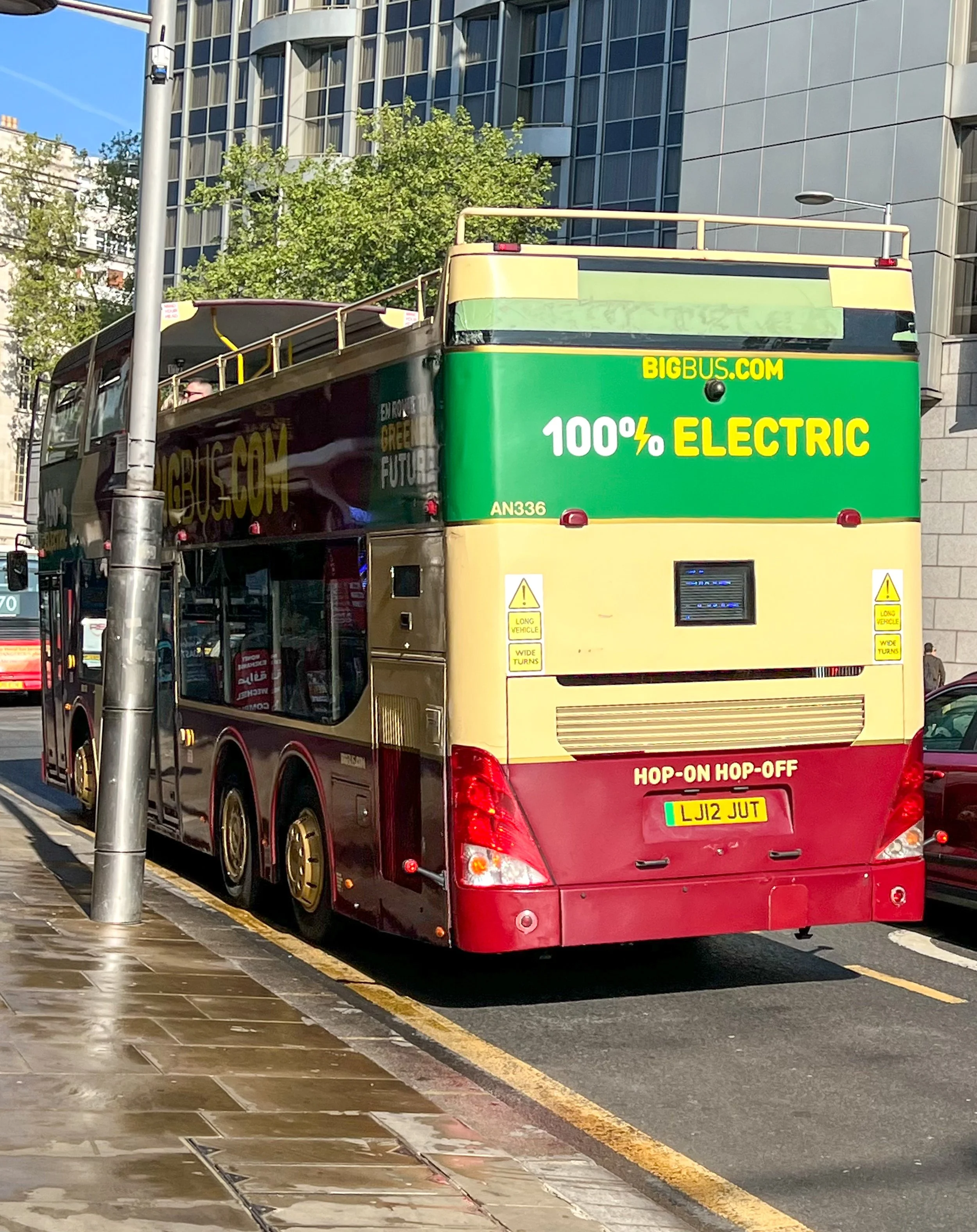
Electrify Everything
Why Commercial Vehicles Are Leading the Charge
“Electrify everything.” It might sound ambitious—but some cities are already well on their way.
On recent visits to London, UK and Aix-en-Provence, France, we were struck by how deeply these cities are embracing the shift. From taxis to delivery vans and even garbage trucks, electric commercial vehicles are becoming the norm, not the exception.
While consumer adoption of electric cars gets a lot of attention, the biggest gains in cutting carbon emissions come from electrifying larger commercial fleets. These vehicles are on the road longer, use far more fuel, and contribute significantly to urban air pollution.
Governments—both local and national—play a crucial role in this transition. Incentives, infrastructure investment, and clear policy direction make it easier for businesses to make the switch.
And here’s the thing: it’s not just good for the planet—it’s good for business. Lower fuel and maintenance costs, plus alignment with growing sustainability demands, mean electrification is becoming a smart move for the bottom line.
So yes, electrify everything—starting with the vehicles that move our cities.




Maximizing Solar Potential with Floating Solar Panels
Japan faces significant space constraints for large-scale solar panel installations, as much of the land is mountainous, forested, used for agriculture, or already developed. To address this, floating solar panels have emerged as a smart solution, taking advantage of the country’s numerous lakes.
While these water bodies cover relatively small areas, they offer an efficient platform for generating clean electricity. In addition to producing renewable energy, floating solar panels help shade the water, reducing evaporation and maintaining cooler temperatures—important benefits for conserving Japan’s limited freshwater resources.
Floating solar panels on a lake near Osaka, Japan

